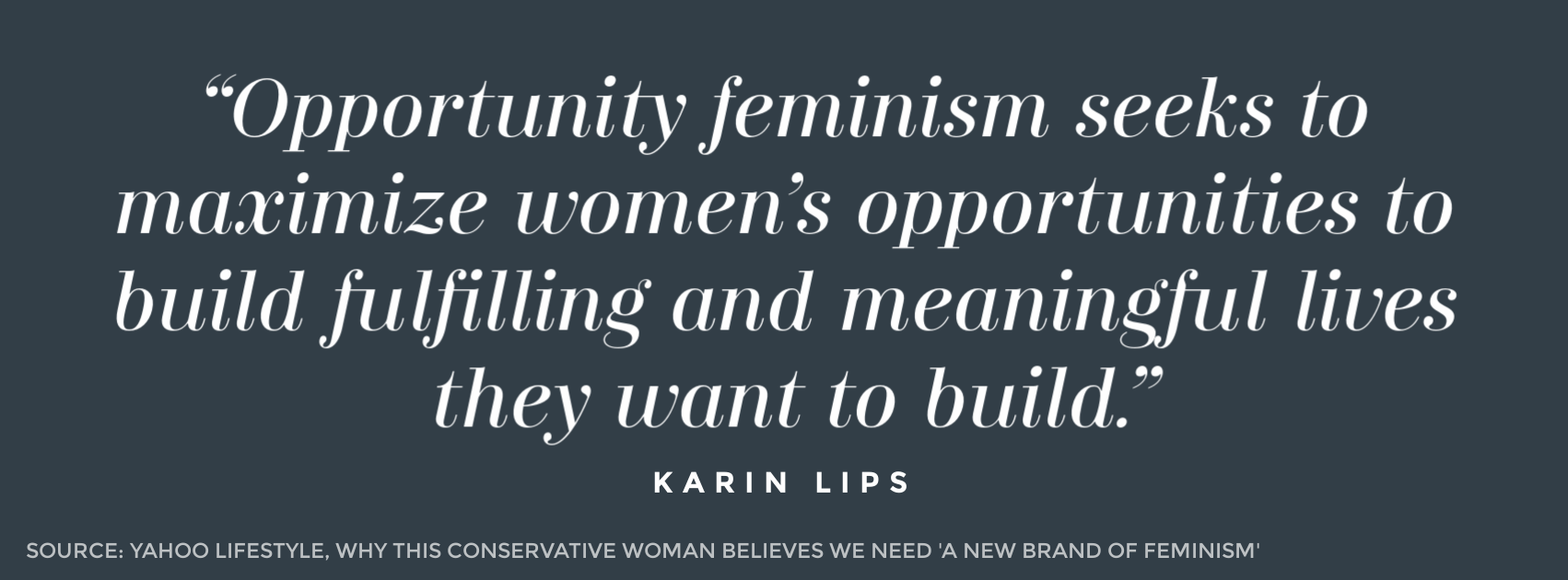Not Your Mother’s Women’s Studies Course
This article originally appeared in America’s Future.
Is it possible to get a balanced education when it comes to women, history, and policy on college campuses? The 2014 graduation season suggests not—Ayaan Hirsi Ali’s invitation to speak at Brandeis University was rescinded because some students objected to her views, Condoleezza Rice withdrew as the commencement speaker at Rutgers University after leftist students and faculty protested honoring the former Secretary of State under George W. Bush, and IMF Chief Christine Lagarde withdrew from speaking at Smith College after a student petition condemned her for her alleged role in “strengthening of imperialist and patriarchal systems that oppress and abuse women worldwide.”
Too many traditional academic institutions seem to have given up entirely on the idea of free speech and the value of a diversity of opinions. Fortunately, there are new options for students who want alternative viewpoints and to learn to think critically about these topics: They can take an online course launching this month—Sex, Lies and Women’s Studies.
Part of a new Conservative University initiative, class topics in this course cover feminism, pay inequality, healthcare reform for women, the “war on women,” and the current state of women’s studies programs on campus. And it’s free. The course gives students the ammunition they need to better understand these issues and serves as a resource for students when only one side is presented in class.
This is not your mother’s women’s studies course.
Lecturers include syndicated columnist Mona Charen, Manhattan Institute Scholar Diana Furchtgott-Roth, Independent Women’s Forum Health Policy Director Hadley Heath, author Kate Obenshain, and President of the Center for Urban Renewal and Education Star Parker. These women challenge much conventional wisdom on campus. The course trailer is now available.
The course kicks off this week with my lecture on women’s studies. What’s wrong with women’s studies departments? There is plenty to discuss, since women’s studies departments, centers, and other programs on campus overwhelmingly present a one-sided view of how women should view society, and what we should seek in our personal lives, as well as from the government. These institutions mold how young women view politics and policy today. We see their influence in how we talk about women and policy—think “war on women.”
It doesn’t have to be this way. Many students are eager to take classes on the history of feminism and learn about how women gained rights in this country, such as the right to vote, but don’t know what they are getting into with women’s studies courses.
Women’s studies grew out of the women’s movement of the 1960s and 1970s, and has been explicitly dedicated to promoting feminist activism. Even the website tagline for the National Women’s Studies Association reads, “Leading the field of women’s studies in educational and social transformation.” This is not about learning about the past, but activism.
The first women’s studies department was created in 1970 at San Diego State University. Now students can take these classes all over the country—there are more than 900 programs in the U.S. with over 10,000 courses and an enrollment larger than that of any other interdisciplinary field, according to a Ms. Magazine study. And there are programs in more than 40 countries.
Women’s studies departments emerged partly because of concern that other academic fields ignored or distorted the experiences of women. These academic pursuits are foiled, however, when teaching becomes replaced by social organizing and serious scholarly inquiry is replaced by an unquestioning political agenda. Sadly, that’s what we have today, and it is especially visible as we see how women who hold more conservative views about femininity, sex differences, and ways for women to live fulfilling lives are rejected by the women’s studies establishment. Sign up for the course to learn more.
Students tired of hearing one side of issues on campus and who want to hear alternatives will benefit from spending an hour listening to these lectures.



